Curb Childhood Obesity: Prevention, Causes, and Solutions Explained
Childhood obesity is a pressing concern that demands immediate attention in today’s society. Defined as an excessive accumulation of body fat, this issue not only affects physical health but also poses substantial psychological and social challenges for children. To combat this, it’s vital to comprehend the root causes, preventive measures, and effective solutions to address this growing health crisis.
Introduction: Understanding Childhood Obesity
Childhood obesity, marked by an unhealthy excess of body fat in children and adolescents, has become a significant global health issue. This article will explore the prevalence, causes, implications, and most importantly, the preventative strategies and solutions to curb this epidemic.
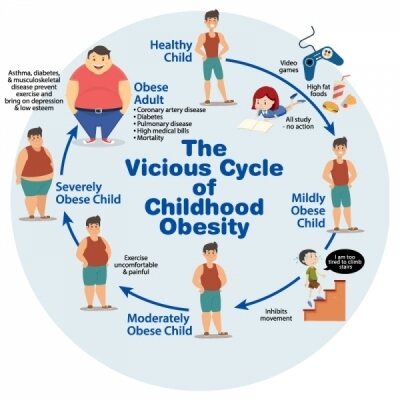
Prevalence of Childhood Obesity
Statistical data reveals a concerning rise in childhood obesity rates worldwide. Factors contributing to this surge encompass various aspects like lifestyle changes, dietary patterns, lack of physical activity, and genetic predispositions.
Causes of Childhood Obesity
Poor dietary choices, sedentary habits, genetic factors, and socioeconomic status play pivotal roles in the prevalence of childhood obesity. Addressing these factors is essential in combating this health crisis.
Health Implications of Childhood Obesity
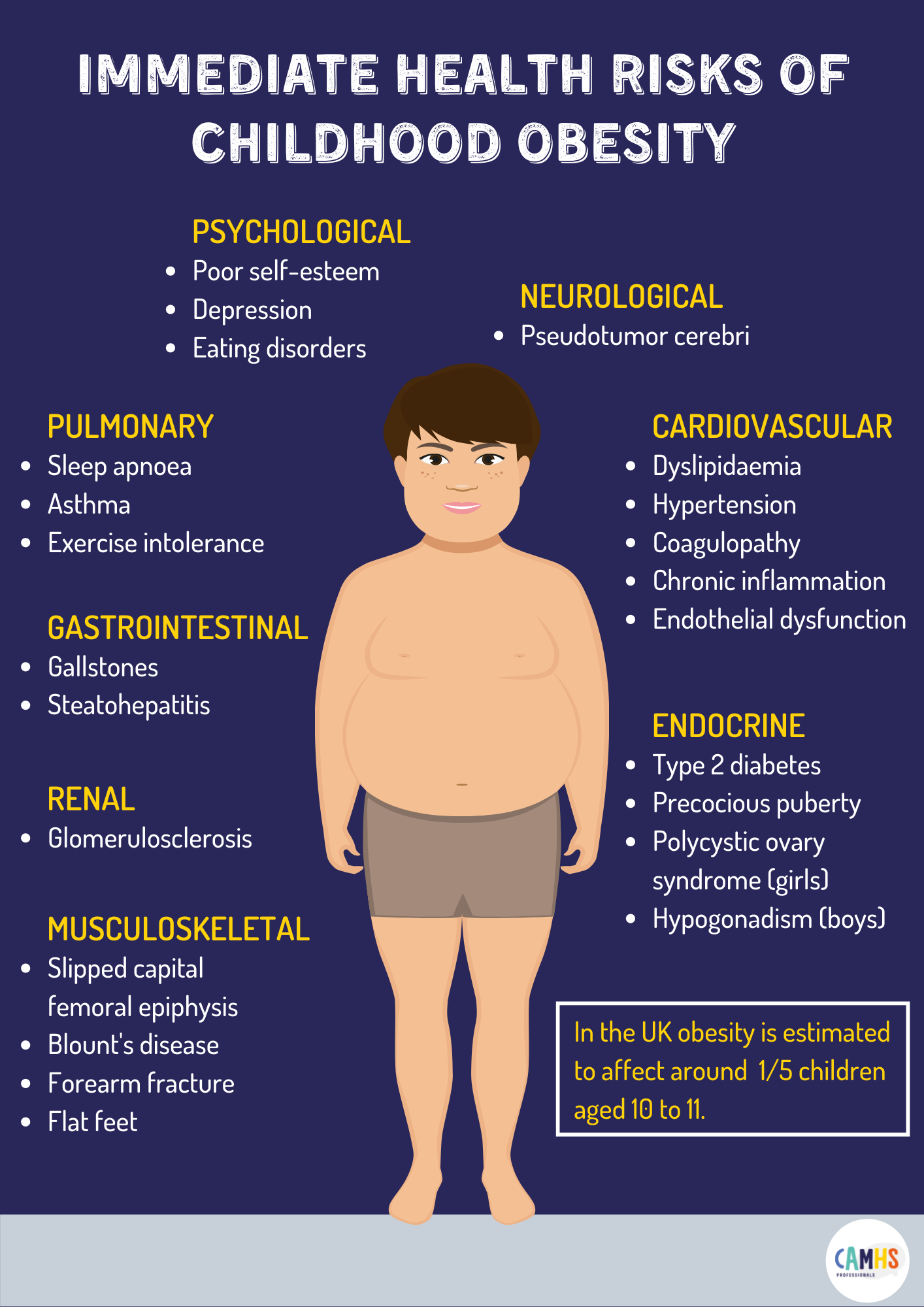
Obesity in childhood leads to a myriad of health risks, both in the short and long term. Besides physical health issues, it also affects mental well-being and social interactions.
Early Identification and Prevention
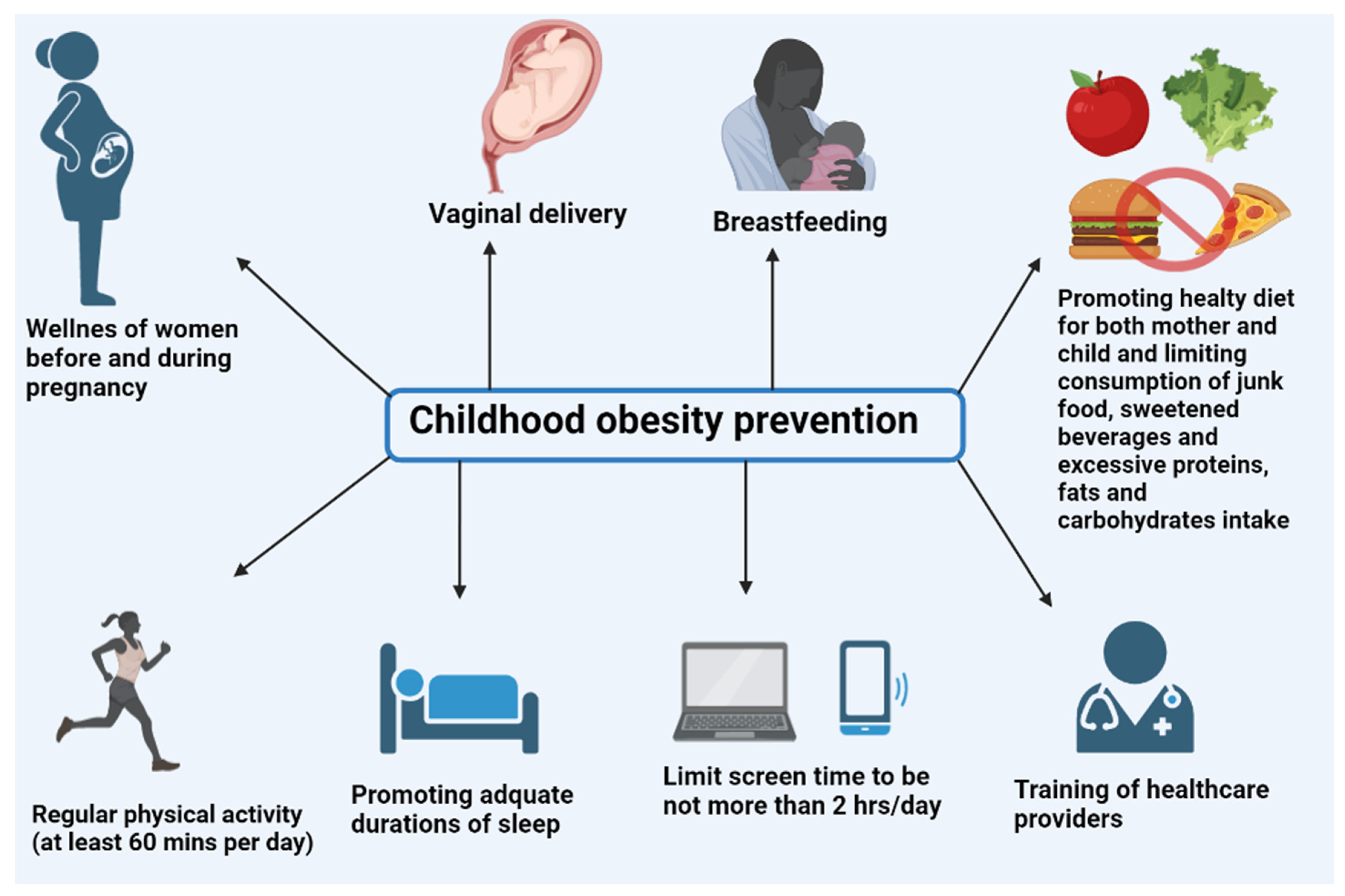
Early identification and preventive measures are crucial in addressing childhood obesity. By recognizing risk factors and promoting healthy lifestyle choices, the trajectory of this issue can be altered positively.
Educational Initiatives and Awareness
Schools and communities play a significant role in educating children and their families about the importance of healthy living. Health education and awareness programs are crucial in fostering a culture of well-being.
Family Role in Combatting Childhood Obesity
Families provide the primary environment where healthy habits are instilled. Creating supportive surroundings and encouraging positive behaviors are fundamental in combating childhood obesity.
Healthy Eating Practices

Promoting a balanced diet and steering clear of processed foods and sugary beverages are key steps in preventing childhood obesity. Educating children and their families about nutritious food choices is imperative.
Encouraging Physical Activity

Regular physical activity is essential for maintaining a healthy weight. Incorporating exercise into daily routines and encouraging children to engage in various physical activities can significantly impact their well-being.
Medical Interventions and Treatments
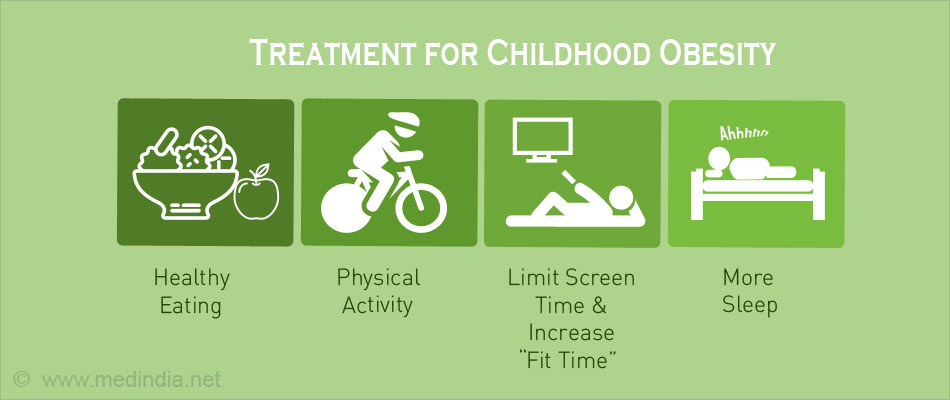
In cases where obesity poses significant health risks, medical intervention becomes necessary. Understanding the available treatment options is crucial in managing childhood obesity effectively.
Government and Policy Measures
Policy interventions by governments play a crucial role in addressing childhood obesity. Regulations and initiatives promoting healthier environments in schools and communities can make a substantial impact.
Cultural and Social Influences
Addressing societal stigmas and fostering inclusive environments are critical in combatting childhood obesity. Cultural and social influences significantly impact children’s perceptions of health and body image.
Sustainable Changes and Support Systems
Maintaining long-term healthy habits requires support systems that extend beyond individual efforts. Support groups and accessible resources can aid in sustaining positive changes.
Psychological Support and Mental Well-being
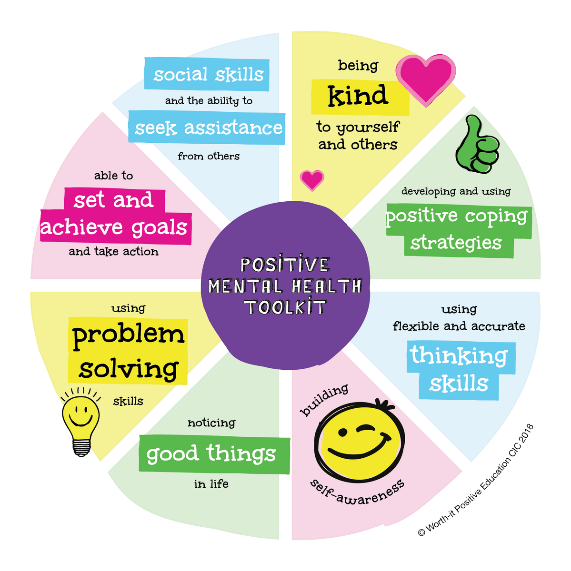
Mental health and well-being are integral parts of addressing childhood obesity. Providing psychological support and strategies to cope with body image issues are vital for overall health.
read more about Navigating the 4 Types of Mental Health
Conclusion: The Way Forward in Combating Childhood Obesity
Addressing childhood obesity necessitates a multi-faceted approach involving education, policy changes, family involvement, and a focus on both physical and mental health. Collectively, these efforts pave the way for a healthier future for our children.
FAQs (Frequently Asked Questions)
-
- What are the primary causes of childhood obesity?Childhood obesity can result from various factors, including unhealthy dietary habits, lack of physical activity, genetic predisposition, environmental influences, and socio-economic factors. Poor eating habits, excessive consumption of high-calorie, low-nutrient foods, and a sedentary lifestyle contribute significantly.
- How can parents encourage healthy eating habits in children?Parents can promote healthy eating by setting an example through their own dietary choices. Encouraging a balanced diet rich in fruits, vegetables, whole grains, and lean proteins is essential. Limiting processed foods, sugary snacks, and promoting regular family meals can instill healthier eating habits in children.
- Are there specific exercises recommended for combating childhood obesity?Various exercises can aid in combating childhood obesity. Aerobic exercises like walking, running, cycling, and swimming are beneficial. Additionally, strength training and activities that promote flexibility and balance can contribute to a well-rounded fitness routine.
- What role do schools play in preventing childhood obesity?Schools play a crucial role in combating childhood obesity by providing education on nutrition, offering healthy meal options, and promoting physical activity. Implementing physical education programs, sports activities, and ensuring access to nutritious meals can significantly impact a child’s overall health.
- How can communities contribute to addressing childhood obesity?Communities can contribute by creating supportive environments for healthy living. Community programs, access to parks and recreational areas, promoting farmer’s markets with fresh produce, and collaborating with schools to advocate for health education are impactful ways to combat childhood obesity at a community level.

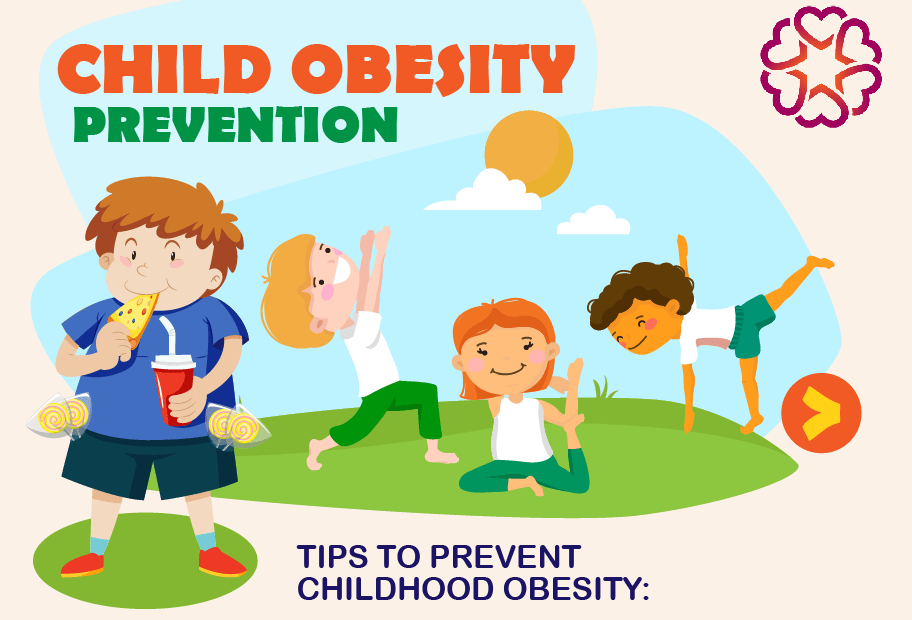




 Viesearch - The Human-curated Search Engine
Viesearch - The Human-curated Search Engine
